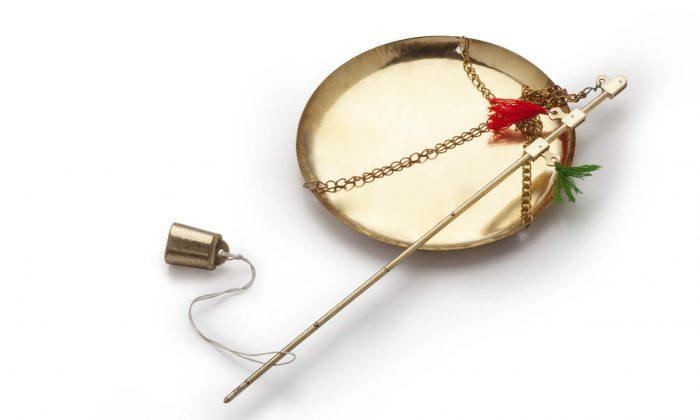[video]http://www.youtube.com/watch?v=y42gX1ASlEU[/video]
One of the biggest meteor displays of the year, the Perseid meteor shower, is coming up this weekend.
The shower’s peak may produce up to 100 meteors per hour, according to NASA. The best time to watch will be the night of Aug. 11–12, although the nights before and after will also be good times.
The Perseids tend to be fast and bright with persistent trains, and they usually produce the most meteors of any shower, except maybe the Geminids, which occur in December.
This year, there’s an added benefit: the moon won’t be too bright. It will be a waning crescent, which means it will rise late at night and won’t shed enough light to obscure the Perseids.
To see as many meteors as possible, you'll need to get away from city lights. You should spot a large number of them if you lie outside in the hours before local dawn on Aug. 12 under the darkest skies available.
The predawn hours are best for watching meteor showers because, as Earth rotates, the leading side tends to gather more space debris and this part of the sky is directly overhead at dawn.
However, you can watch for Perseids at any time of night and in any part of the sky. The greatest number will be during the peak nights, but the meteor shower is active until Aug. 24.
The Perseids are named after the constellation Perseus, where the meteors’ tails all appear to originate, but they don’t really come from Perseus. They are actually tiny bits of debris from the comet Swift-Tuttle.
The Epoch Times publishes in 35 countries and in 19 languages. Subscribe to our e-newsletter.




Friends Read Free